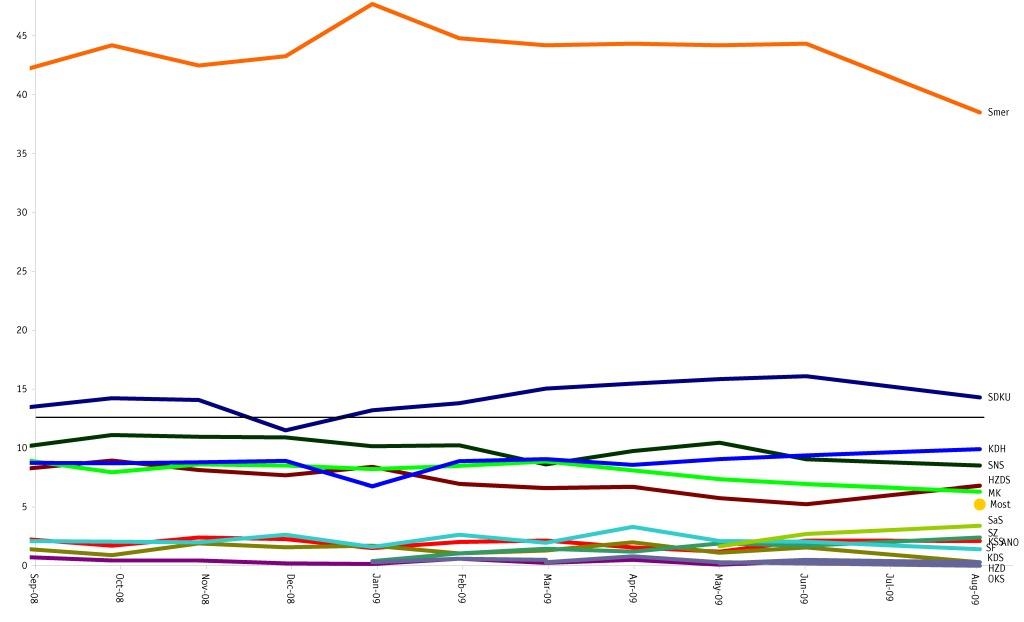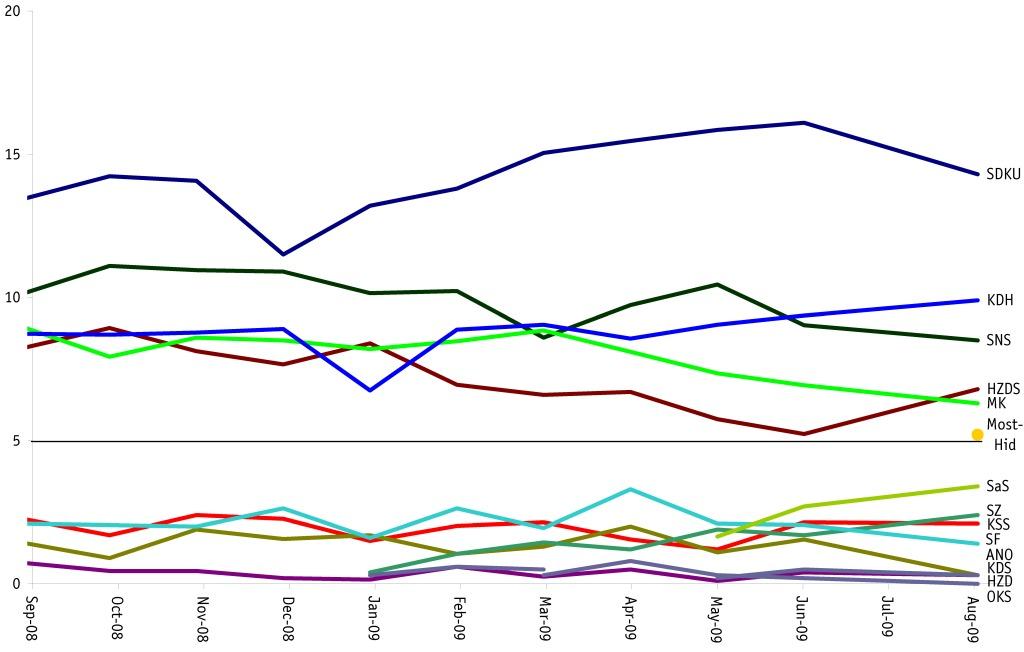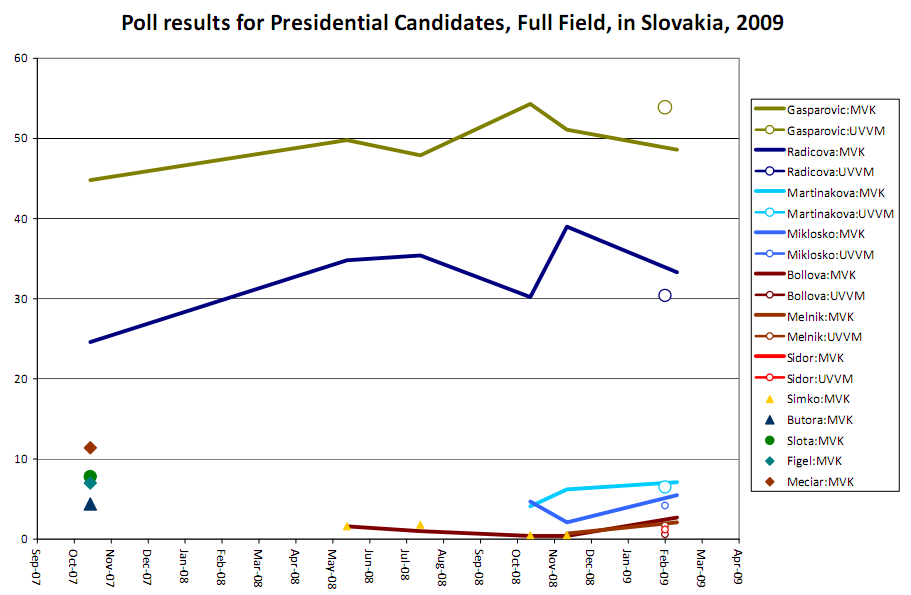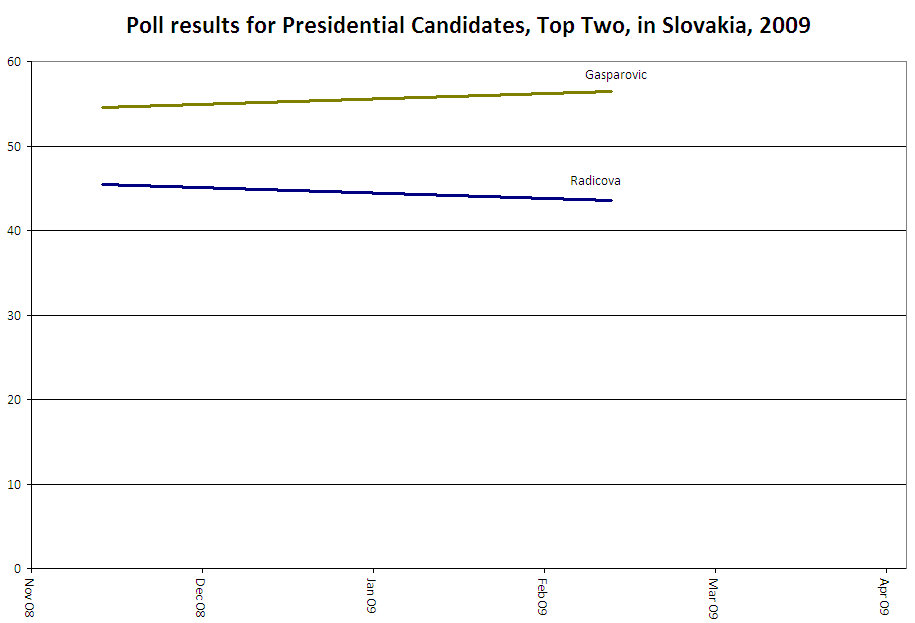![]() While I will still make quasi-monthly blog posts about new polls, I have now integrated those results into the “dashboard” above and so when the changes are minor, I’ll simply refer to what can be found in the dashboard.
While I will still make quasi-monthly blog posts about new polls, I have now integrated those results into the “dashboard” above and so when the changes are minor, I’ll simply refer to what can be found in the dashboard.
This week there are a few recent news of moderate interest (though with that build-up you’ve probably already stopped reading):
- Polis polls confirm trends in other polls. Polis’s February poll came out today. With the end of UVVM polls, both Median and Polis have gotten more serious about publicizing monthly polling results. As with Median, there are reasons for not taking Polis too seriously in itself: with Median, the problem is with the question, which does not offer options to voters but requires them to fill in the answer, potentially hurting smaller and newer parties whose names voters might have forgotten; with Polis the problem is the sample, which unlike most other polls in Slovakia is phone based (on which more later). But while we cannot necessarily look to Polis’s results for an answer, we can profit from paying attention to its trends. And in this case Polis’s trends nicely echo those of most other surveys:
- drops for KDH and SDKU and increase for SaS;
- drops for SNS and HZDS and slight rise for Smer;
- stabilization for MKP-SMK and Most-Hid.
The reciprocal relationship among party votes continues to occur within the three blocs, with SaS and Smer the current beneficiaries.
- Polis polls show the strong position of the current coalition. It is notable that even if the Polis results were likely predictors of the electoral results and even though they are about as strong as the current opposition could possibly expect–one of the current coalition parties out (HZDS) and all of the on-the-margin opposition parties in (SaS, MKP-SMK, Most-Hid)–the current coalition would still have a 78-72 majority, underlining the problems of creating a non-Smer coalition. Only with SNS below the threshold and HZDS below the threshold or lured by the current opposition is it possible currently to envision a non-Smer government taking office in 2010. It has not been until early this year that I have given serious thought to the chance that SNS might fall short–it was doing quite well until last year but its current quite steep slide does not bode well for the party, and the party itself does not have much of an organization to fall back on in hard times. Still, the party has a leader (whose supporters apparently care relatively little about corruption and all manner of scandal) and an issue: Hungary. That issue is not going away, especially when Slovakia’s news media can today run headlines saying: “Orban thinks we have a complex.”
- Parties die, Part 1. This week reported about a merger between Slobodne Forum, Liga, and Obcanski Kandidati. Since Liga has never gone anywhere and OK has not even shown up on polls, this doesn’t much help Slobodne Forum which is suffering itself from the rise of the other new party in its issue space, SaS. It also doesn’t mean much for Slovakia’s politics, but it ever so slightly thins the ranks.
- Parties die, Part 2. Ivan Gasparovic’s HZD is merging with Smer. This, too, does not mean much since HZD had not exceeded 1% in polling averages since September but it also slightly simplifies the situation. It is also a bit ironic for me since in 2003 I interviewed Ivan Gasparovic and he told me, rather wearily (and seemingly without any thought of actual success), that he would probably have to run for president simply in order to bring some visibility to his party.
- Parties are born. Living up to its established reputation as Slovakia’s main incubator of unsuccessful new parties (see HZD above, along with LU and the less unsuccessful DU and several others), HZDS has given birth to yet another formation: AZEN, the Alliance for a Europe of Nations, this one founded by Milan Urbani, another in a long line of HZDS’s second-in-visibility cast off from his own party. Given the lateness of the move and Urbani’s relatively low profile and limited appeal, it is unlikely that this party will get very far (it appears not to even have registered AZEN.sk before announcing its name). Given its interesting name, I am reminded of a Buddhist koan. AZEN is the sound of one voter voting.

 I know Slovakia’s journalists are overtaxed with all that is required of them, but there are things they could do to make things better without too much extra work. Case in point: today all major Slovak news sources today report, almost word for word, a press release from the firm Median reporting poll results from July:
I know Slovakia’s journalists are overtaxed with all that is required of them, but there are things they could do to make things better without too much extra work. Case in point: today all major Slovak news sources today report, almost word for word, a press release from the firm Median reporting poll results from July:








